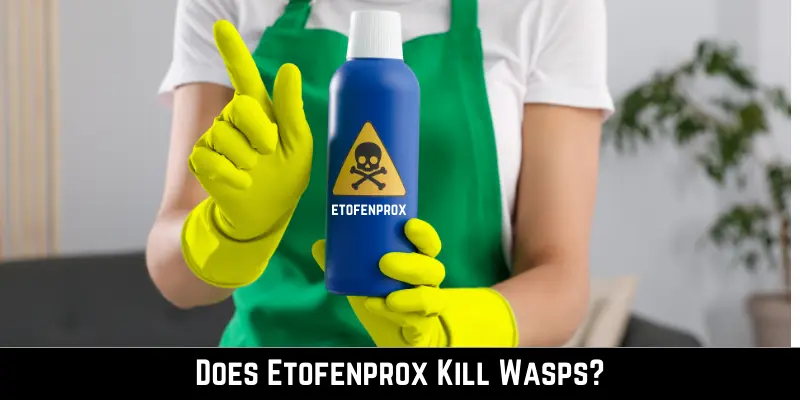As wasps are the most irritating and nuisance insects, dealing with them is always challenging. You may try various natural remedies to kill them, but they are less effective than commercial products. Etofenprox is one of those chemicals. However, you may think now: does etofenprox kill wasps?
Yes, etofenprox is an effective insecticide that can kill various insects, including wasps. It is frequently used in multiple insecticides to keep pests under control around houses, gardens, and other outdoor spaces. However, it’s essential to follow the instructions labeled on a product.
Do you want to use etofenprox to kill wasps? Read the below instructions and guidelines to use it effectively.
What Is Etofenprox?

Etofenprox is a pyrethroid derivative insecticide that can disturb the nervous system of insects to kill them. According to the Journal of Environmental Science and Pollution Research, etofenprox has low toxicity on mammals, fish, and honeybees. So, you can use it as an insecticide with no worries.
You can use it in agriculture to protect your crops, including rice, corn, fruits, vegetables, soybeans, and tea. Moreover, you can use etofenprox directly or in combination with water or other low-toxic substances to kill insects.
Although etofenprox has low toxicity, avoid its direct contact with your eyes because it may cause severe allergic reactions. Furthermore, repeated skin exposure also results in allergy.
So, you should always adopt precautions while employing etofenprox insecticides.
How Does Etofenprox Kill Wasps?
Etofenprox contains Pyrethroids, which is a natural insecticide found in chrysanthemum flowers. It works by targeting the nervous system of pests. It disrupts the nervous system of wasps by combining with sodium in their nerve cells. In this way, it disrupts the normal flow of sodium ions and results in neurotoxicity.
Moreover, during this process, the sodium channels remain open for a prolonged period, resulting in overstimulation of wasps’ nerves. Due to this prolonged overstimulation, the transmission of nerve signals can’t occur properly, resulting in the paralysis of wasps. As a result, they can’t move, fly, perform essential functions, and die eventually.
Even though etofenprox is typically considered harmless for people and animals when used by label directions, it is still an insecticide and must be handled carefully.
Which Wasp Spray Contains Etofenprox?
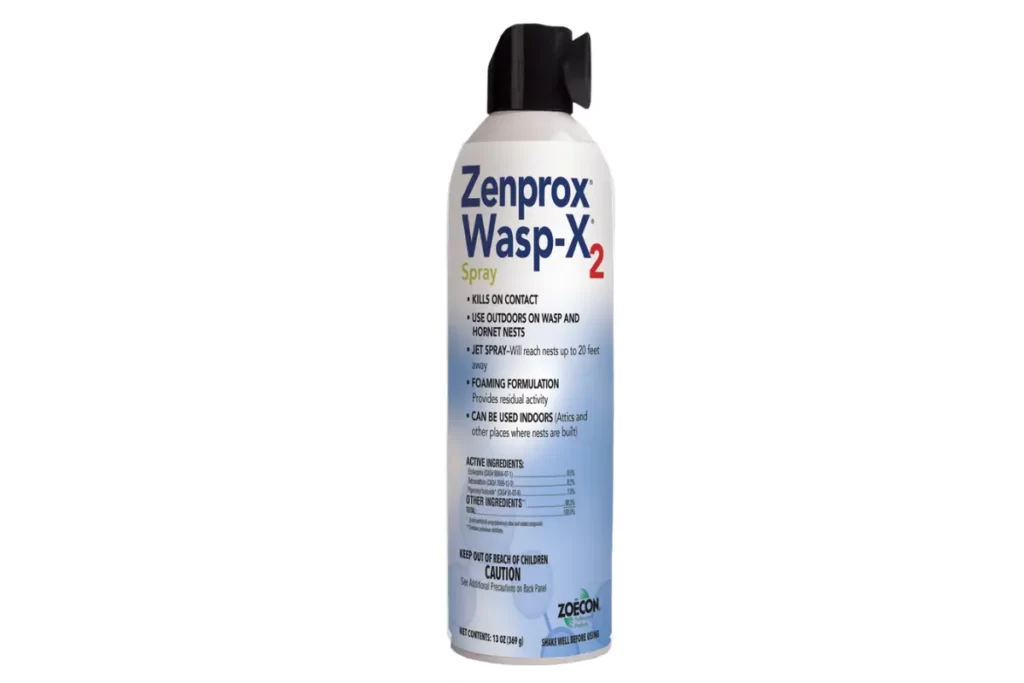
Etofenprox is a common ingredient of almost every insecticide. However, due to changes in market availability and regulatory constraints, specific insecticide brand names and formulations may alter over time. Zenprox Wasp-X2 and Raid are the common wasp repellents that contain etofenprox.
In Zenprox Wasp-X2, etofenprox is the most active ingredient. Etofenprox kills wasps, yellow jackets, and hornets swiftly and is less environmentally harmful than other active components. On the other hand, Raid also contains etofenprox, but its active ingredients are pyrethroids, imiprothrin, and cypermethrin.
Apart from Zenprox and Raid, etofenprox is also present in different insecticides. Therefore, you should always read the ingredient list to know the constituents of any insecticide.
How to Use Etofenprox Spray to Kill Wasps?
You should follow the steps below to use etofenprox to kill wasps:
- First, read the instructions carefully before using etofenprox or other insecticides. It’ll give you specific information about dosage, way of application, and safety measures.
- Wear protective clothing, including gloves, long sleeves, goggles, and a face shield to prevent yourself from direct contact with the spray.
- Now, find the location of the wasp nest. Remember to avoid the aggressive behavior of wasps; you should maintain a specific distance from their nest.
- After locating the wasp nest, shake the container well to ensure an even mixture.
- By maintaining a safe distance, sprinkle the etofenprox spray on the wasp nest.
- As wasps are less active in the early morning and evening, you should apply the spray during these hours.
- Above all, if you find any wasps buzzing around you after some time of the spray, reapply the spray.
What Is Etofenprox 20%?
Etofenprox is a synthetic pyrethrin pesticide. You can kill various pests, including wasps, mosquitoes, flies, ants, fleas, mites, and ticks. The label “20%” probably refers to the amount of etofenprox in a specific formulation.
For instance, when a product is marked “Etofenprox 20%,” it means that etofenprox constitutes 20% of the formulation’s active ingredient, with the other 80% consisting of inert substances, solvents, or carriers. However, etofenprox comes in various forms, including sprays, powders, and concentrated solutions, to suit a range of purposes.
Therefore, the concentration can vary depending on the use and the specific product. You should always follow the manufacturer’s instructions before employing etofenprox.
Is Etofenprox the Same as Permethrin?
No, etofenprox and permethrin are not same. Although both are synthetic chemicals used as insecticides, they belong to different chemical groups. Chemically, etofenprox is known as (RS)-2-(4-Ethoxyphenyl)-2-methyl propyl 3-phenoxy benzyl ether, while permethrin is known as 3-Phenoxybenzyl (1RS)-cis,trans-3-(2,2-dichloro vinyl) -2,2-dimethyl cyclopropane carboxylate.
Etofenprox is a pyrethroid insecticide, implying that it is a synthetic substance related to the natural insecticides in chrysanthemum flowers. Permethrin is also a pyrethroid derivative, but it is widely used to treat clothing, mosquito nets, and outdoor gear to protect against insects. Moreover, etofenprox has less toxicity than permethrin, but it is effective against several insects.
Thus, etofenprox and permethrin are used for pest control but have different chemical structures and properties.
Is Etofenprox a Pyrethrin?
No, etofenprox is not a pyrethrin but an artificial pyrethroid pesticide. Although they belong to the same class of insecticides, pyrethrins and pyrethroids have different chemical make-ups. While pyrethroids are synthetic chemicals created to replicate the insecticidal characteristics of pyrethrins, pyrethrins are natural insecticides obtained from chrysanthemum flowers.
Etofenprox is a synthetic substance with insecticidal qualities similar to pyrethrins; hence, it belongs under the pyrethroid family. It causes paralysis and death in insects by focusing on their nervous systems. Thus, although it shares some features and is chemically related to pyrethrins, it is not a naturally occurring substance like pyrethrins.
Etofenprox vs. Fipronil Insecticide
Etofenprox and fipronil are widely used insecticides; however, they belong to different chemical classes and have different modes of action. Some critical differences are given below:
| Characteristics | Etofenprox | Fipronil |
| Product | Zenprox Wasp X-2 | Taurus SC |
| Active Ingredient | Etofenprox | Fipronil |
| Use | Indoor and outdoor | Outdoor |
| Mixing Ratio | 59 ml per gallon of water | 24 ml per gallon of water |
| Efficacy on pets | Pet safe | Safe for pets if used correctly |
| Mode of action | Effect nervous system by blocking sodium channels | Effect nervous system by blocking chloride channels |
| Target Insects | Ants, bed bugs, bees, cockroaches, fleas beetles, earwigs, mosquitoes, ticks, and wasps | Fleas, ants, termites, Asian lady beetles, cockroaches, ticks, centipedes, wasps, and yellow-jackets |
- Etofenprox is a group of synthetic pyrethroid chemicals designed to replicate the effects of naturally occurring pyrethrin, while fipronil is a phenylpyrazole insecticide.
- Fipronil has a chemical structure similar to phenylpyrazole, while etofenprox has a pyrethrin-like chemical structure.
- Etofenprox targets the nervous system of insects by blocking the sodium channels, while fipronil does the same by blocking GABA-gated chloride channels.
- According to the Journal of Ecotoxicology and Environmental Safety, fipronil hurts the environment and human health. On the other hand, etofenprox has low toxicity.
- Fipronil is effective against many insects, including termites, ants, flies, cockroaches, and fleas, while etofenprox is more effective at killing fleas.
- Etofenprox has a limited action time, while fipronil is famous for its long-lasting residual activity.
- Furthermore, you can use etofenprox on leafy vegetables to kill pests because of its less residual activity, while fipronil is not recommended for use on any vegetable.
Precautions to Follow while Using Etofenprox to Kill Wasps
You should follow the below precautionary measures while using Etofenprox to kill wasps:
- Always read and abide by the directions on the product label.
- Wear protective clothing, including long sleeves, a face mask, gloves, long pants, and safety goggles to prevent yourself from the wasp attack.
- Apply the solution during normal weather conditions to prevent the spread of the spray.
- Although Etofenprox has little toxicity, you should keep your children and pets away from the target location.
- Apply etofenprox specifically to the identified wasp nests.
- Don’t spray etofenprox near bodies of water, like ponds, streams, lakes, and rivers.
- After using Etofenprox, wash your face and hands thoroughly.
- Moreover, seek medical attention immediately if you experience any adverse reaction, including skin irritation and difficulty breathing.
What Other Insects Does Etofenprox Kill?
Below are some other insects that you can kill with Etofenprox:
Bed Bugs
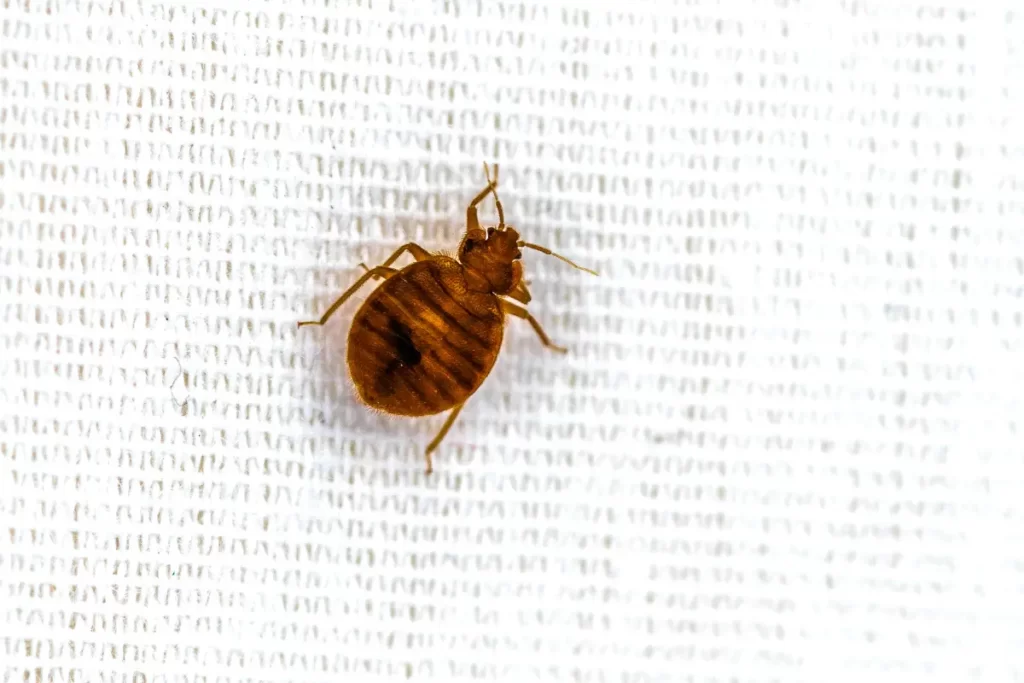
Bed bugs are tiny, brownish insects that consume animal blood. Although the common bed bug loves to feed on people, it can also attack dogs, cats, birds, and rodents. Their color resembles apple seed, but their size equals a lentil. Moreover, they can’t fly but crawl rapidly on the floor, walls, and ceilings.
Although bed bugs usually bite at night, they can also bite during the day if hungry. The symptoms of their bite vary from person to person, but the most common is itchy red patches on the skin. You can use Etofenprox to kill bed bugs due to its strong ability to disrupt their nervous system and eventually destroy them.
Fleas

Fleas are wingless parasites that feed on the blood of humans and animals, like dogs and cats. They are light to deep brown and have a small head. These parasites have six legs, including large hind legs that help them to jump longer. They use their saw-like teeth to cut the skin of their prey.
As their saliva contains anticoagulants, fleas bite results in continuous blood flow. Moreover, dogs and cats are common reservoirs of fleas; if you have any of these pets, you may have chances of fleas infestation. Therefore, you can use Etofenprox to kill them because it paralyzes their brain and ends in death.
Cockroaches
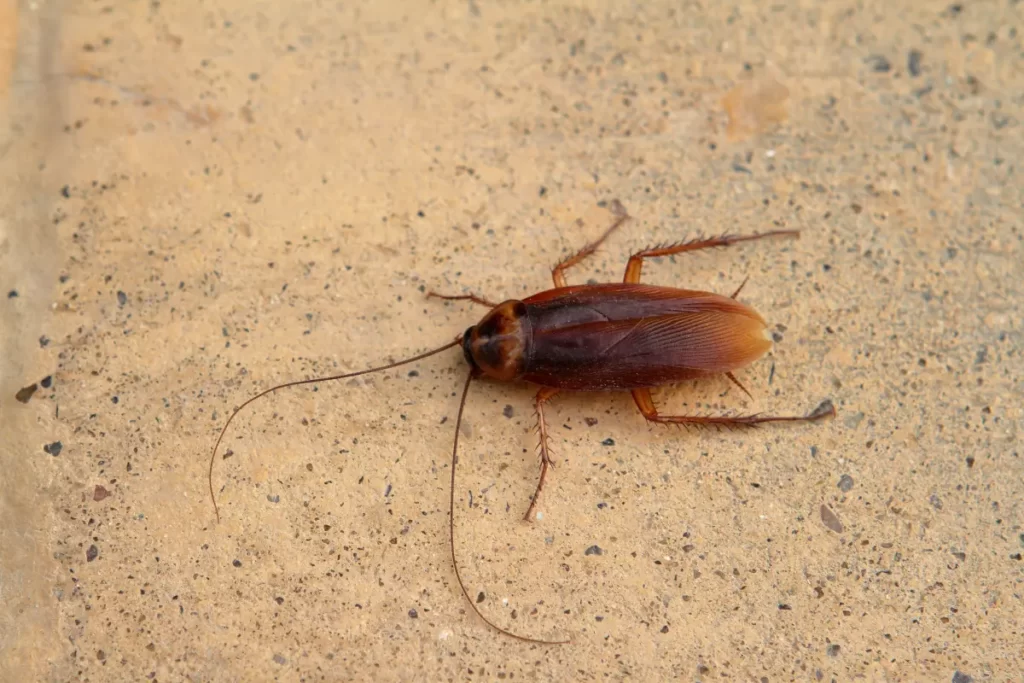
Cockroaches are another second most common irritating household pest. They have flattened oval bodies with thread-like antennae. Male cockroaches have two pairs of wings, while females are primarily wingless. Cockroaches can contaminate your food by transmitting germs from one place to another.
Although multiple home remedies are available to kill or deter cockroaches, they can’t surpass the effect of commercial roach killers. Therefore, you can use Etofenprox spray to kill cockroaches. It kills them by interfering with their brain function. The best way to use etofenprox to kill cockroaches is to sprinkle the spray directly on them.
Ants
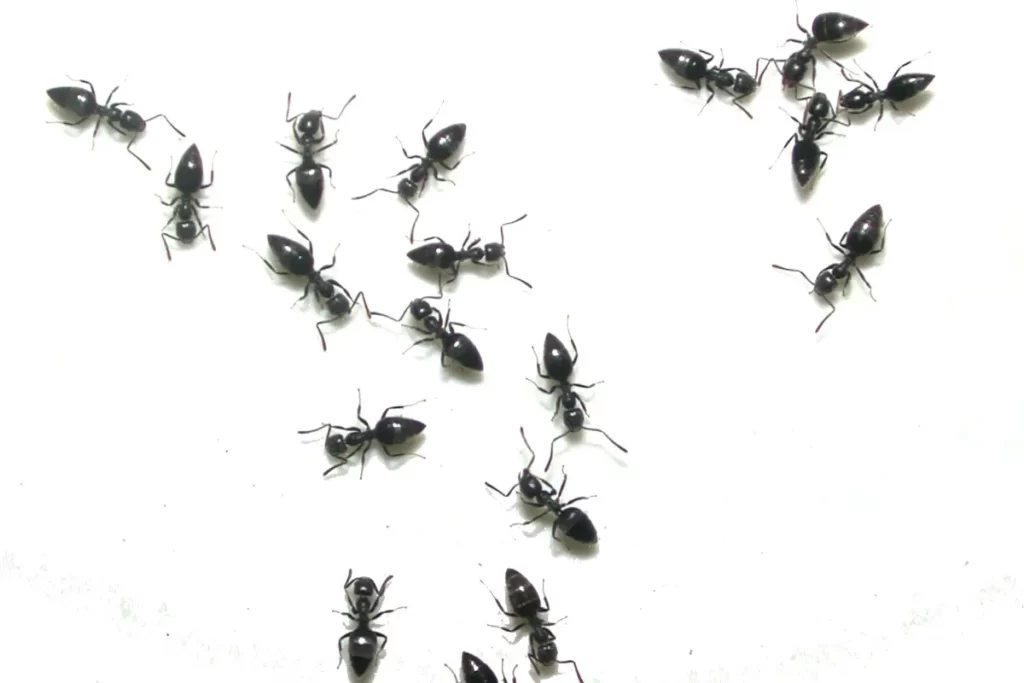
Ants are another most common insects, but they have unique and different communication skills that make them distinct from other group members. They are social insects and love to live in colonies. Although ants have ecological importance, some have a nasty sting that causes painful bites.
There are various ways to control ants, including natural remedies and commercial ant killers. However, you can use etofenprox spray to kill them. The easiest way to use etofenprox to kill ants is to spray it directly on their tunnels, which you can find by following their path.
Pantry Pests
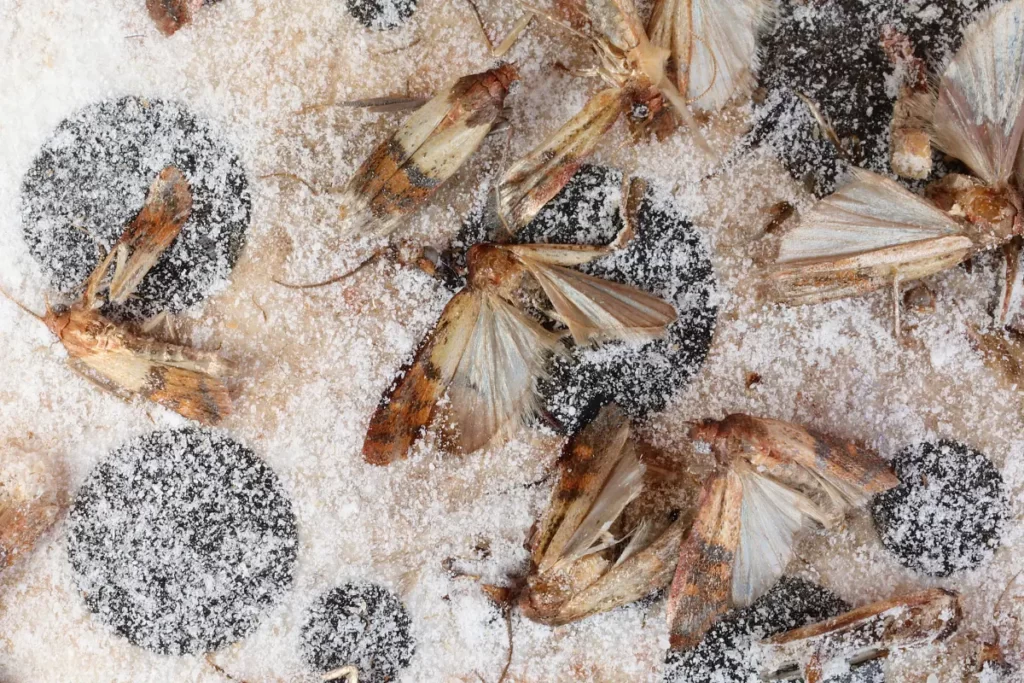
Pantry pests are insects that infest stored foods, like flour, cereals, and other dried goods. Various pantry pests include meal moths, sawtooth grain beetles, cigarette beetles, spiders, and floor beetles. You can spot pantry pests when they abandon contaminated goods to crawl or fly around the house.
Although they don’t bite people or animals, they contaminate your food, so removing them is a good choice. You can use etofenprox spray to kill these insects. Whenever pantry pests come in contact with etofenprox, their body absorbs its active ingredient that disrupts their nervous system, resulting in their death.
Carpet Beetles
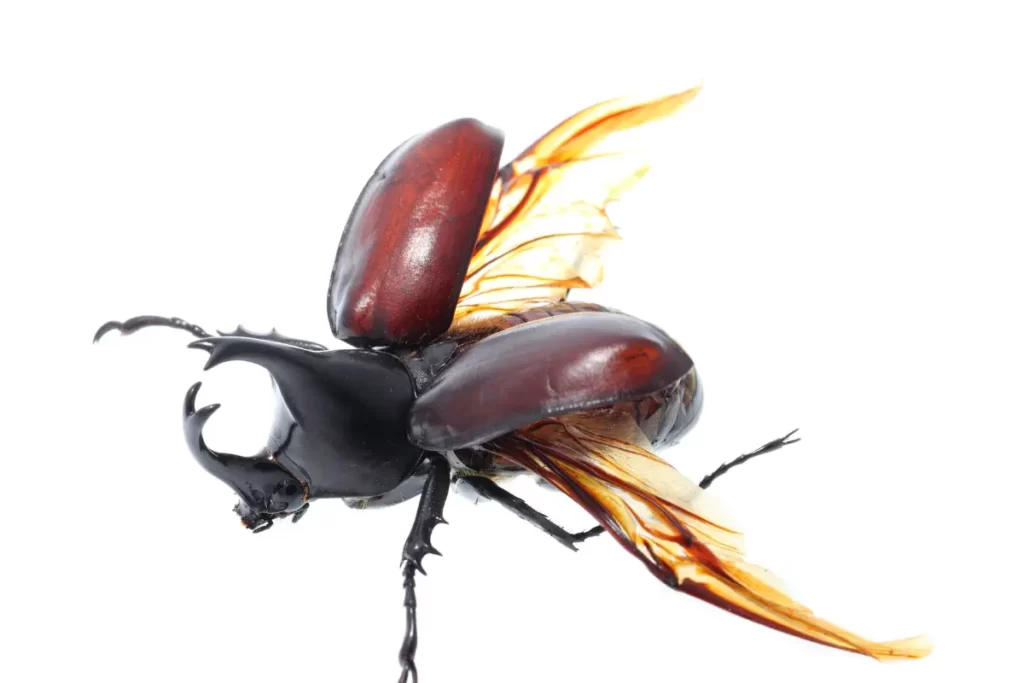
Carpet beetles are tiny, oval-shaped insects that can seriously harm clothing, bedding, carpets, and upholstered furniture. They have oval-shaped bodies with a shell striped in black, white, and either yellow or orange. These pests enter your home through open doors, windows, or anything already infested.
Although these beetles don’t bite people, they can cause serious harm to your fabric and clothing. Moreover, if they are attached to your clothes, they may cause skin irritation. To get them rid of, you can use Etofenprox spray. It kills them by disrupting their respiratory, muscular, and nervous systems.
Earwigs
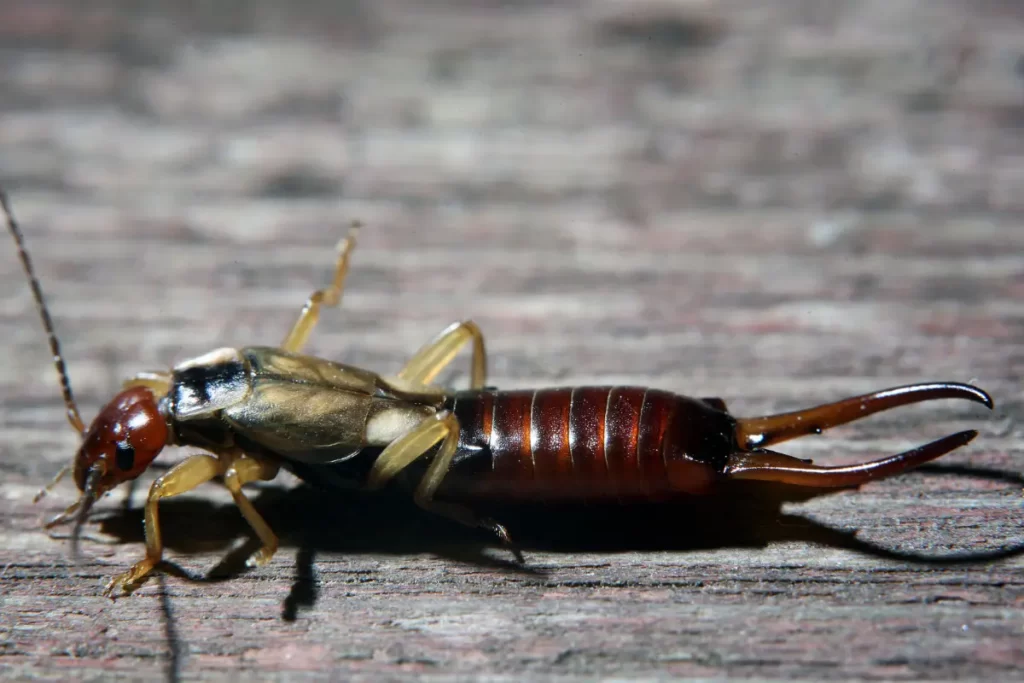
Earwigs are tiny insects that love decaying plants, wood, and dark and damp places. You can also find them in your basement and woodpiles. Due to their propensity for using the exact hiding locations, they gather during the day. Moreover, they don’t have territorial behavior; therefore, they frequently coexist with other birds in their thousands of nests.
If you ever find earwigs rocking in your basement and yard, you can get rid of them using commercial sprays, including etofenprox. Etofenprox kills earwigs quickly by damaging their nervous system. However, remember that etofenprox is a contact parasite; you must spray it directly on the earwigs.
Mosquitoes
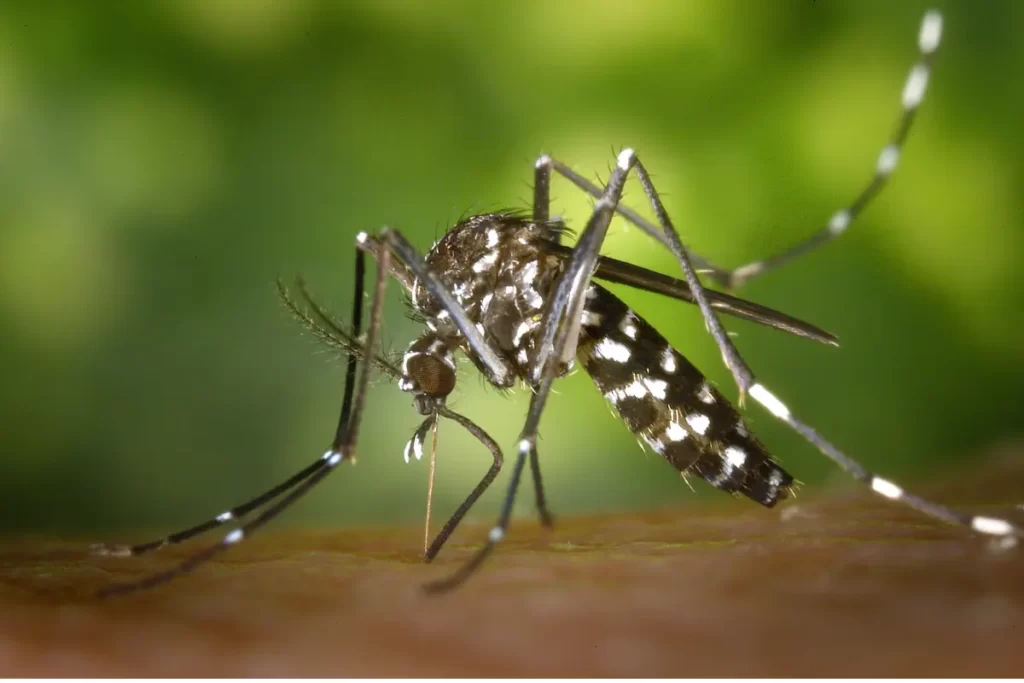
Mosquitoes are the most common flying insects in almost every part of the world. There are nearly 3700 types of mosquitoes present globally.
Although all mosquitoes don’t bite, the most common symptom of their bite is red and itchy skin. Mosquito bites can be a source of various viruses and germs, including dengue and malaria; you can adopt preventive measures to deter them.
Although there are various ways to avoid mosquitoes, including preventive measures and skin repellents, you can use etofenprox spray to kill them. Etofenprox has a limited but quick effect. It can kill mosquitoes immediately by hurting their nervous system.
Moths
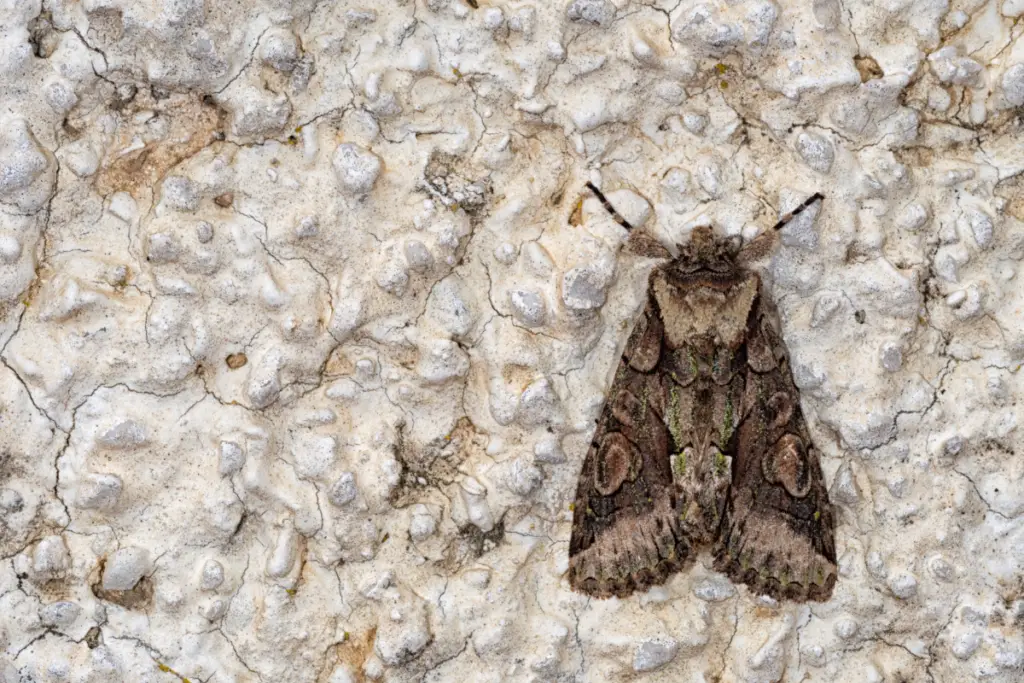
Moths are a group of insects that include various flying insects, except butterflies. They vary in size from 4mm to 30cm.
Their wings, body, and legs are covered with dust-like scales. Moreover, they have dull colors and thick antennae. Although moths don’t directly harm you, they can create a nuisance and damage your sweaters and winter clothes.
You can use various insecticides, including permethrin and etofenprox, to keep them away from your clothes and fabrics. Etofenprox kills moths by interfering with their neurological systems. Therefore, you can use etofenprox-containing sprays to kill moths, but you should follow the instructions mentioned on the packaging.
Scorpions
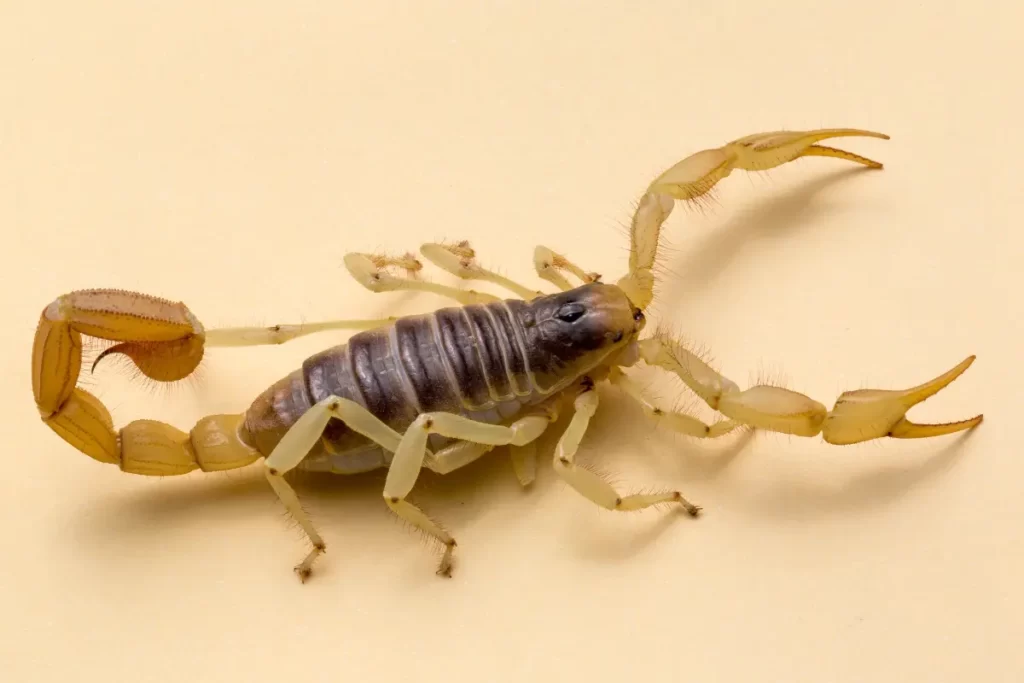
Scorpions are nuisance pests closely related to spiders, mites, and ticks. There are almost 1200 species of scorpions worldwide and 70 species in America.
Their color varies from yellowish brown to tan. They have segmented bodies and four pairs of legs. Although they are primarily active at night, you can see them crawling during the day.
They usually don’t bite, but when they feel threatened, they don’t stop biting you. Their sting is highly venomous and causes severe pain. If you don’t treat it immediately, its poison can spread throughout the body, leading to death. Therefore, you can use etofenprox spray directly on scorpions to remove them.
Final Verdict
Wasps are the most abundant and nuisance summer pests. Removing them is always a challenging task. However, multiple insecticides, including etofenprox and fipronil, are available in the market. Etofenprox kills wasps by blocking sodium channels in the nerve cells, ultimately leading to their death.
Moreover, etofenprox kills wasps and helps deter other insects, including moths, fleas, earwigs, beetles, fleas, bugs, and cockroaches. However, you should always consider the type of wasps and insects and the specific formulation of etofenprox before application. Lastly, consult a professional pest control company for eradication if the wasp infestation is significant.
FAQs
References
Freeborn DL, McDaniel KL, Moser VC, Herr DW (2015) Use of electroencephalography (EEG) to assess CNS changes produced by pesticides with different modes of action: effects of permerthrin, deltamethrin, fipronil, imidacloprid, carbaryl, and triadimefon. Toxicol Appl Pharmacol 282:184–194
